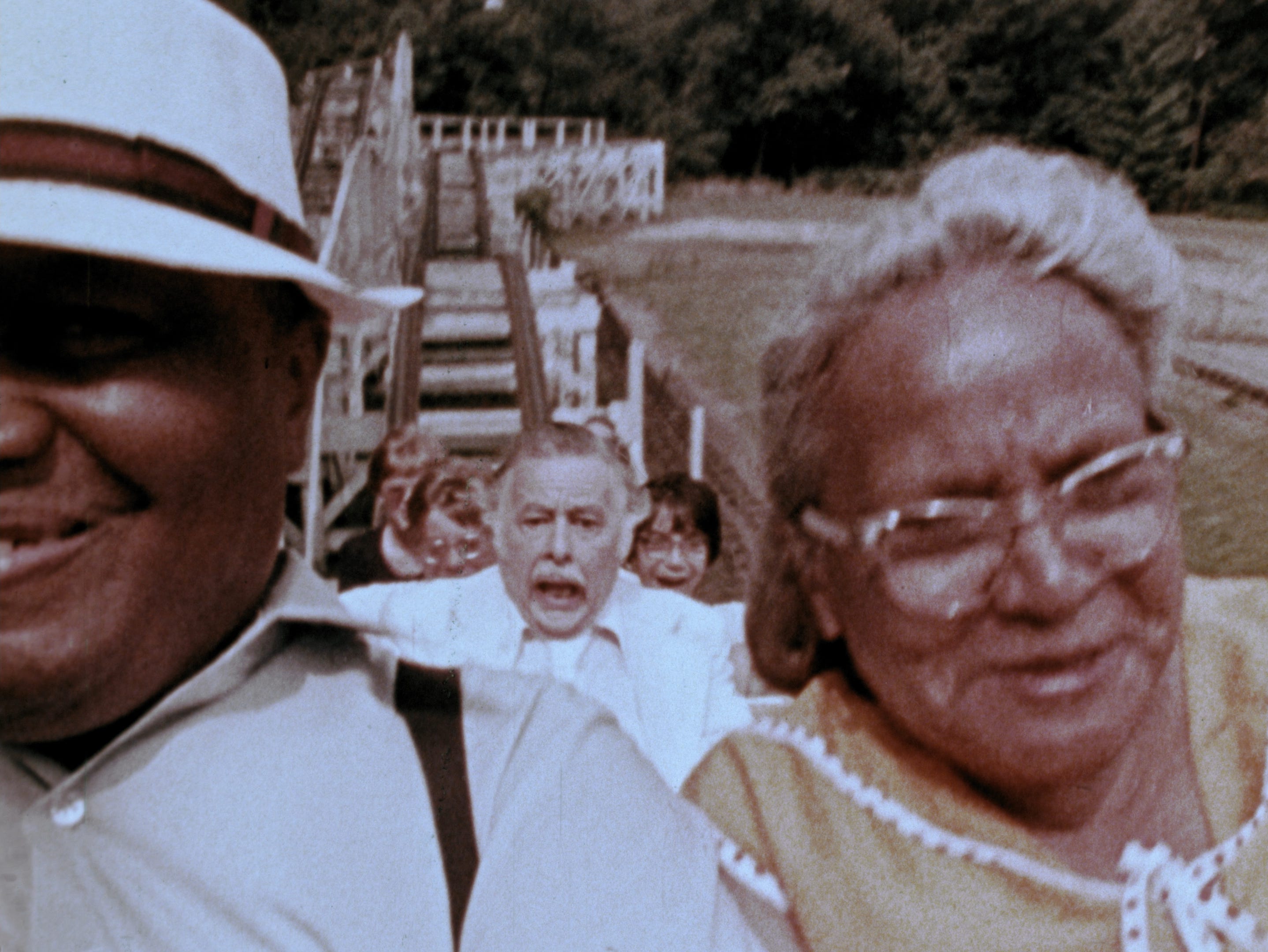

5 One of the reasons why it has proved hard for researchers to grasp this crucial element in her fiction relates to the dominant accounts of Irish emigration in the literature of the period. Yet scholars have only recently focused on Egerton as an expressly Irish writer, a perspective that has assisted greatly in revealing her sustained interest in migration. “The Chessboard of Guendolen” enables us to see the extension of her aesthetic experiments into the late 1890s and, more to the point, to appreciate the degree to which migration is a driving force throughout her oeuvre.Ĭertainly, critics have attended to the Scandinavian cultural and literary background that informs several of Egerton’s best-known short fictions, such as “The Spell of the White Elf” (1893). Flies in Amber has remained out of print ever since. Eventually, Hutchinson issued the collection but, since it received few notices and modest sales, it quickly disappeared from view. She had completed the narrative in 1901, intending it to be a part of the collection Flies in Amber, but she found it almost impossible to find a publisher for the volume although he had vigorously supported her early career, Lane-who weathered a storm of hostility with the Yellow Book-was no longer willing to take the risks that her fiction posed. 4 This is in part because of the story’s comparatively late publication date in 1905, by which time interest in Egerton’s writing had seriously waned. While several scholars of Egerton’s work have paid attention to The Wheel of God, they have largely overlooked “The Chessboard of Guendolen,” a story whose title refers to a Welsh legend about the unpredictability of fate. 3 Nowhere is this clearer than in “The Chessboard of Guendolen,” which amplifies key elements of her migrant novel, The Wheel of God (1898), in which her Irish protagonist Mary Desmond contends with the unnerving mechanized modernity of New York City. 2 Egerton’s migrations (which took her from Australia to Ireland, Germany, England, and Norway as well as the United States) enabled her to develop highly unusual types of subjectivity in fiction, ones that departed from normative nineteenth-century codes that sought to regulate the proper place of men and women in relation to class, gender, and nation. As the story unfolds, it reminds us of how frequently Egerton drew on her firsthand experiences of the disruption between home and her adopted country.

In this remarkable narrative, three migrants-a male aesthete, a New Woman, and an imperial war correspondent-encounter one another in London. Yet, as I explain here, Egerton’s distinctive vision of new translocational Irish subjectivities in the critically neglected short story “The Chessboard of Guendolen” (1905) helps to bring her oeuvre into dialogue with recent scholarship in the related fields of migration and diaspora studies. 1 Graced with one of Aubrey Beardsley’s earliest illustrations on the title page, Keynotes-which draws on English, Irish, and Norwegian settings-features a decidedly Scandinavian modernist style (one influenced by Knut Hamsun and Ola Hansson) and erotically assertive women protagonists. Instead, critics tend to align her oeuvre not only with controversies surrounding decadence (such as the inclusion of her short story “A Lost Masterpiece” in the scandalous first issue of the Yellow Book) but also with the polemic about New Woman writing during the fin de siècle. Yet this Irish writer, whose work reflects her life on three different continents, is not usually credited with making innovations in migrant fiction.

The name of George Egerton (Mary Chavelita Dunne Bright) (1859–1945) became practically synonymous with decadence when Elkin Mathews and John Lane’s partnership, the Bodley Head, published her sexually bold first collection of short stories, Keynotes (1893).


 0 kommentar(er)
0 kommentar(er)
